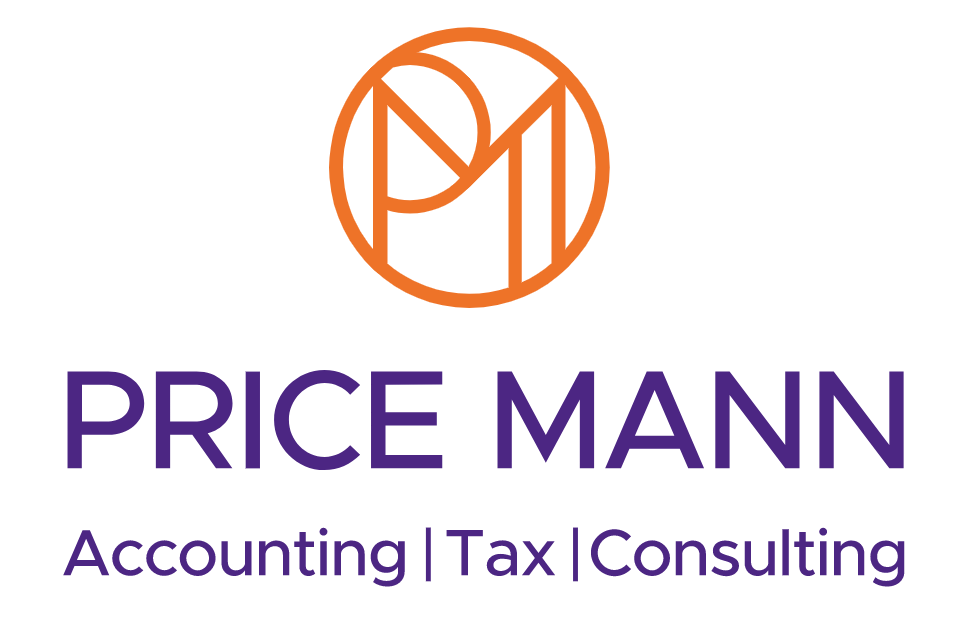Diversifying your investment portfolio
Diversifying your investment portfolio
Strategies for risk management.
Diversification spreads risk across different assets, markets and tax wrappers. It helps private investors smooth returns instead of relying on a single share, fund or property. The principle is simple: assets rarely move in perfect sync, so setbacks in one area may be offset by steadier performance elsewhere. A balanced portfolio is therefore less exposed to shocks and better placed to meet long-term goals such as retirement income, school fees or a future house purchase.
UK households already hold significant investable wealth, yet much of it sits in a narrow range of assets. HMRC reports that adult ISA pots were worth £725.9bn at the end of 2022/23 – almost three-fifths in stocks and shares accounts. The Office for National Statistics finds that median household wealth outside pensions stands at £181,700, while at the same time, the Office for Budget Responsibility expects real household disposable income to grow by only about 0.5% a year between 2025/26 and 2029/30. Against that backdrop, disciplined diversification, guided by clear risk limits and tax-efficient structures, can add real value.
Start with a written risk profile
Before you choose assets, agree on an evidence-based view of risk tolerance and capacity for loss. First, estimate the time horizon for each objective – five years for a home deposit, 20 years for retirement and so on. Next, map likely cashflow needs, separating essential spending from discretionary outgoings. Third, gauge how much short-term volatility the client can accept without abandoning the plan. Finally, run stress tests that model, say, a 20% equity market fall or a two-percentage-point jump in yields. Capturing these factors in writing creates an anchor for portfolio design and for future reviews.
Asset-class building blocks
A diversified allocation normally combines five components. Cash deposits provide day-to-day liquidity and a buffer for emergencies. Investment-grade bonds – UK gilt funds and sterling corporate issues – dampen equity swings and deliver income. Listed equities, both domestic and overseas, drive long-term growth through reinvested dividends and earnings expansion.
Property exposure, via real-estate investment trusts (REITs) or a directly owned rental, adds a different return stream linked to rents. Finally, alternatives such as infrastructure funds, commodities or market-neutral strategies contribute risk dispersion because they react differently to macro shocks. The exact weight of each building block flows from the risk profile and time horizon above.
Put tax wrappers first
Even a sound asset mix can leak value if it sits in the wrong wrapper, so we encourage clients to deploy allowances early in the tax year. The 2025/26 ISA subscription limit remains £20,000. All income and gains inside an ISA escape income tax and capital gains tax (CGT). The dividend allowance has shrunk to £500, so equity funds that generate material distributions belong inside an ISA or pension. Capital gains tax’s annual exempt amount is now £3,000; anything above that triggers tax at 18% or 24% depending on the investor’s income tax band. Choosing the right wrapper is therefore as important as picking the right asset.
Keep pensions at the core
The abolition of the lifetime allowance in 2024 simplified pension planning. For 2025/26 the key figures are as follows:
- Annual allowance: £60,000, subject to tapering for adjusted income above £260,000.
- Money purchase annual allowance (MPAA): £10,000 once flexible benefits have been accessed.
- New lump-sum limits: Lump sum allowance of £268,275 and lump sum and death benefit allowance of £1,073,100 remain in place.
For many higher-rate taxpayers, a pension remains the most efficient home for global equity and diversified bond funds. Regular contributions, employer matching and carry-forward of unused allowance can restore balance if market movements skew the overall mix.
Diversify by geography and sector
Concentration risk is not limited to asset class. UK-listed shares account for less than 4% of the MSCI All Country World Index (ACWI), yet many investors still hold a home-biased portfolio. You can mitigate that bias by blending global developed-market trackers covering North America, Europe and Japan with a measured slice of emerging-market equities.
Sector exposure also matters: healthcare, technology and infrastructure each carry distinct demand and regulatory drivers. By spreading holdings across regions, sectors and currencies, we lower the portfolio’s sensitivity to domestic inflation, policy or political changes.
Build in defensive holdings
Defensive assets help contain drawdowns when growth assets fall. Gilts often rise during risk-off episodes, though rising yields can dent prices in the short term. Short-duration bond funds limit interest-rate risk. Some clients allocate a small slice – typically no more than 5% – to gold-backed exchange-traded commodities because the metal’s long record of low correlation with equities adds ballast. Targeted absolute-return strategies that aim for steady positive returns can also serve as shock absorbers, provided the cost structure is transparent. The exact defensive allocation again links back to the written risk profile.
Rebalance with discipline
Market movements push allocations off target over time. We encourage at least an annual rebalance, or an interim trade if any asset drifts more than five percentage points away from its strategic weight. That discipline restores the intended risk level, trims winners after strong runs and directs new cash to under-represented areas after a fall. Most modern platforms let you automate the process, which removes emotion from timing decisions and improves long-run consistency.
Track allowances and threshold freezes
Tax thresholds are frozen again in 2025/26, keeping the personal allowance at £12,570 and basic-rate band at £37,700. As earnings creep up, investors may slip into higher tax bands, making wrapper strategies even more valuable. Meanwhile, the Office for Budget Responsibility projects real household disposable income to grow only 0.5% a year on average over the next five years. Low real-income growth increases reliance on investment returns, underscoring the case for careful risk management.
Key annual tasks include the following:
- Personal allowances: Track income shifts and adjust pension or salary-sacrifice levels.
- ISA funding: Maximise before 5 April.
- Pension contributions: Use carry-forward where affordable.
- Dividend and savings allowances: Migrate taxable assets into wrappers where practical.
Avoid common pitfalls
Over-concentration is one of the most frequent issues, for example, when a legacy single-stock holding dominates the equity sleeve or a buy-to-let property dominates total wealth. Options include seeking gradual sales within the CGT allowance, using “bed and ISA” transfers, and – where appropriate – taking out insurance to reduce the liquidity risk tied to property.
Another trap is abandoning bonds because yields look unattractive – that step often leaves the investor with unwanted volatility just when liquidity matters most. Inadequate rebalancing is another danger: without a systematic rule, investors are prone to chase last year’s winners and miss recovery rallies. Documented policy plus automated platform tools solve this problem quickly.
How we work with you
As accountants, we have deep insight into our clients’ income streams, cashflow patterns and tax position. We complement that insight with regulated investment advice, portfolio construction and ongoing monitoring. Working together, we provide the following:
- Data sharing: Secure exchange of tax returns and pension statements ensures up-to-date figures.
- Joint planning meetings: Align the investment mandate with tax strategy and life goals.
- Quarterly reporting: Plain-language updates on performance, asset allocation and forthcoming allowance deadlines.
- Year-end checklist: Confirm ISA and pension funding, crystallise CGT losses if needed and document rebalancing trades.
Keeping your goals in focus
Diversification works because it brings together assets that respond differently to economic events, interest-rate moves and policy changes. By spreading exposure across shares, bonds, property and selected alternatives, investors reduce the chance that one setback wipes out years of progress.
The mechanics may feel straightforward, yet the real benefit comes from the discipline that surrounds them. A written risk profile keeps goals, time horizon and capacity for loss in clear view. Regular rebalancing restores the intended shape of the portfolio, while ongoing tax checks make sure wrappers and allowances do as much of the heavy lifting as possible.
The coming tax years are set against a backdrop of frozen thresholds and shrinking allowances. Without careful planning, more income and gains will fall into higher bands and erode real returns. A pension, with its generous upfront relief and freedom from CGT, remains the most effective shelter for long-term holdings. ISAs follow close behind for shorter-term objectives and for investors who have already reached the annual pension limit. Beyond those wrappers, thoughtful use of the annual CGT exemption and dividend allowance can still trim the liability on taxable accounts.
Moving forward
Diversification is not a one-off event; it is a continuing cycle of review, measurement and adjustment. Market prices move daily, but the investor’s goals change more slowly. We bridge that gap by monitoring allocations against the agreed risk range and by making incremental trades rather than wholesale shifts. That steadiness reduces emotional decision-making and helps clients stay invested through market noise.
Your accountant sits at the centre of your financial picture, turning raw numbers into clear actions. Because they see your cashflow, business income and reliefs in real time, they can flag spare allowances, shape pension contributions and schedule ISA funding before deadlines bite. Regular conversations also let them harvest CGT losses, monitor dividend limits and adjust salary-sacrifice arrangements. With that proactive oversight, tax savings fall naturally into place and your long-term goals stay on course.
In short, a diversified portfolio, backed by clear documentation and regular maintenance, stands the best chance of preserving and growing purchasing power over the long term. It turns market uncertainty from a threat into an opportunity, enabling clients to pursue their financial goals with greater confidence and clarity.
For a deeper discussion of a specific investment case, please contact us.













